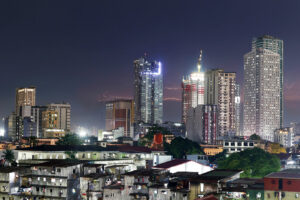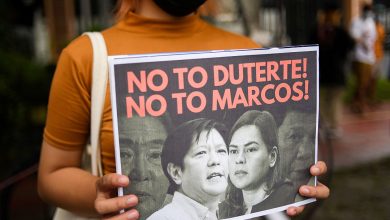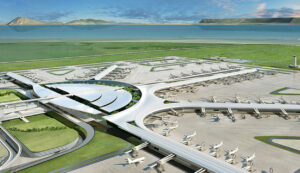Residential property prices rise 14% in Q2

RESIDENTIAL PROPERTY prices in the second quarter rose at the fastest pace in three years amid high interest rates and rising inflation.
Data released by the Bangko Sentral ng Pilipinas (BSP) on Thursday showed the Residential Real Estate Price Index (RREPI) increased by an annual 14.1% in the April-to-June period from 10.2% in the first quarter and 2.6% a year ago.
This is the fastest annual increase since the 26.6% growth in the second quarter of 2020. Quarter on quarter, property prices increased by 5.3%.
The RREPI tracks the average change in prices of residential properties across housing types and locations, which gives the BSP insights into the property market where bank exposure is regulated.
Nationwide, the prices of duplex housing units rose by 24.6% year on year in the second quarter, faster than 11.3% in the same period last year. It was also the sixth straight quarter of price increases for duplex units.
Prices of single detached/attached houses also jumped by 18.3% during the period, faster than 0.8% in the second quarter in 2022.
Prices of townhouses and condominium units rose by 14.7% and 5% year on year, respectively.
“Rising cost of living and the economic reopening pushed up real estate prices. It would be noted that these housing prices rose when policy rates were elevated,” Nicholas Antonio T. Mapa, senior economist at ING Bank N.V. Manila, said in a Viber message.
Inflation has remained above the central bank’s 2-4% target range, prompting the Monetary Board to keep borrowing costs at a 16-year high of 6.25% in the second quarter.
Meanwhile, residential property prices in the National Capital Region (NCR) grew by 15.4% in the April-to-June period. Quarter on quarter, home prices went up by 7.7% in Metro Manila.
In areas outside NCR, housing prices went up by 13.8% year on year and by 4.4% on a quarterly basis.
HOME LOANSData from the BSP showed residential home loans in the second quarter slipped by 1% year on year, a reversal from the 16% growth in the first quarter and 6.5% increase a year ago.
Residential real estate loans (RRELs) in the NCR shrank by 11.8%, while loans outside of Metro Manila expanded by 5.3%.
The bulk of the loans (78.9%) were used to purchase new housing units. Nearly half (49.1%) were used to finance the purchase of single-detached/attached houses, followed by condominium units (33.6%), townhouses (16.8%), and duplexes (0.4%).
Calabarzon accounted for 34.1% of the home loans, followed by NCR (29%), Central Luzon (13.4%), Central Visayas (7.1%), Western Visayas (5.7%), Davao Region (3.4%), and Northern Mindanao (1.8%).
Together, the regions accounted for 94.5% of the approved housing loans during the second quarter.
Data also showed the average appraised value of new housing units stood at P78,444 per square meter (sqm) in the second quarter.
In NCR, the average appraised value per sqm stood at P127,884 per sqm, higher than both the national average and the average appraised value in areas outside NCR at P54,496 per sqm.
“The drop in housing loans shows that would-be buyers are unable to afford new housing, which would explain the drop in private construction activity in the second-quarter GDP (gross domestic product),” Mr. Mapa said.
The Philippine economy grew by 4.3% in the second quarter.
“Those who could afford had to contend with higher housing prices and expensive loans just to push through with a housing purchase,” Mr. Mapa added. — Keisha B. Ta-asan




